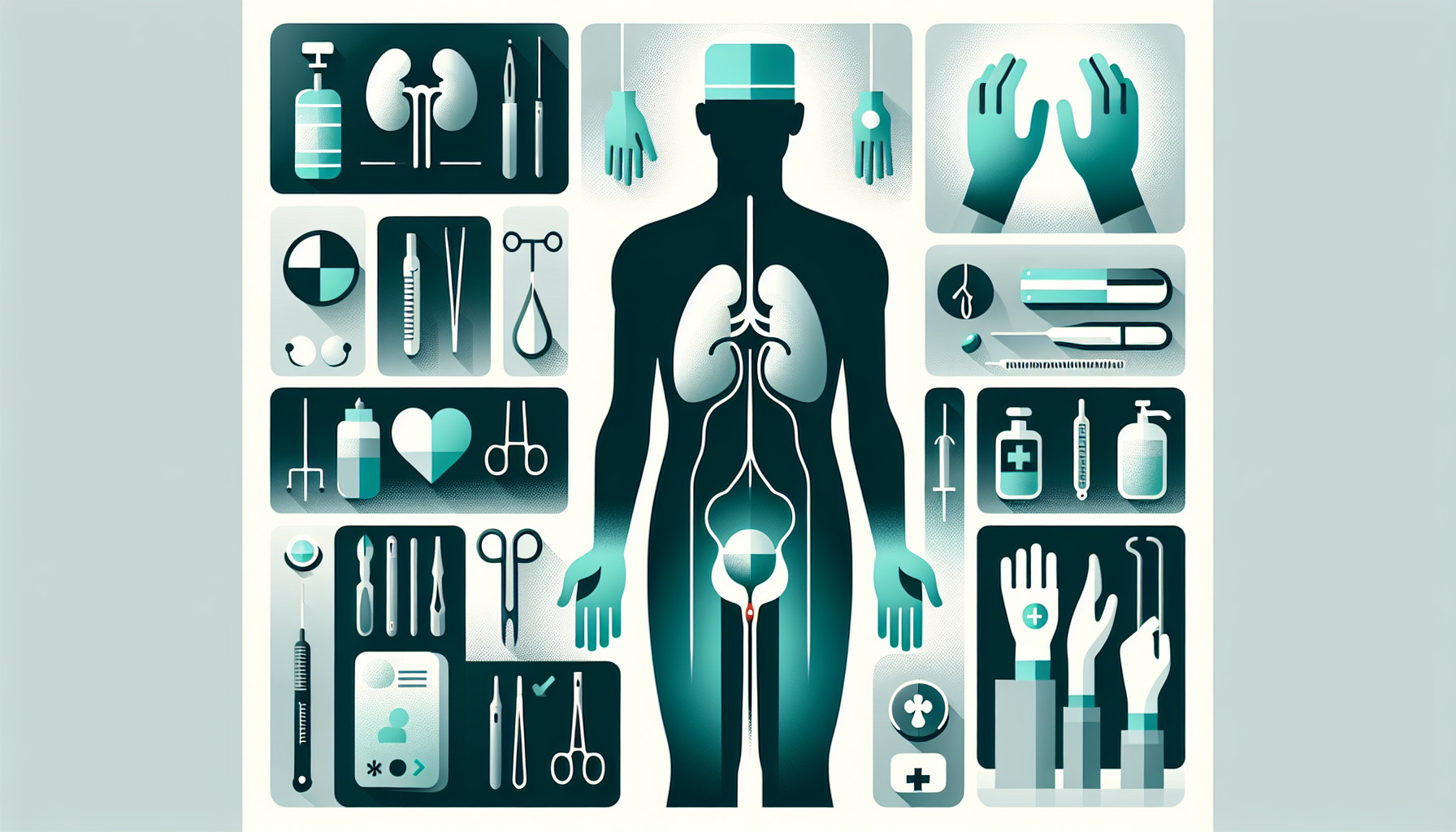Our Summary
This research paper discusses the use of robotic techniques in a specific type of kidney removal surgery (laparoscopic donor nephrectomy). Currently, using robots in this surgery often results in longer periods where the kidney lacks blood supply (ischemia time) and doesn’t show clear benefits. Additionally, robotic surgery is significantly more expensive.
If only one robot is available, it also means more time is spent without blood supply to the kidney because the donor needs to be disconnected from the robot before the recipient can be connected. The researchers suggest that the best approach is to combine traditional surgery for kidney removal with the initiation of robot-assisted preparation for transplanting the kidney. This approach makes the process safer, more cost-effective, and avoids wasting time.
FAQs
- What are the current drawbacks of using robotic techniques in laparoscopic donor nephrectomy?
- Why does the use of one robot lead to a prolonged cold ischemia time during nephrectomy?
- What is the current best approach to safe and cost-effective donor nephrectomy and subsequent robot-assisted kidney transplantation?
Doctor’s Tip
A helpful tip a doctor might give a patient about nephrectomy is to discuss the various surgical techniques available, including laparoscopic and robotic approaches, to determine the best option for their individual case. It’s important to weigh the potential benefits and risks of each technique, as well as consider factors such as recovery time and cost. It’s also important to ask questions and ensure you have a clear understanding of the procedure and what to expect before and after surgery.
Suitable For
Patients who may be recommended for nephrectomy include those with kidney cancer, severe kidney damage or failure, kidney stones, polycystic kidney disease, or kidney donation for transplant. Additional considerations for nephrectomy may include complications such as infections, blockages, or injuries to the kidney. The use of robotic techniques in laparoscopic donor nephrectomy may be considered for certain patients, but cost and ischemia time should be carefully weighed against potential advantages.
Timeline
Before nephrectomy:
- The patient undergoes medical evaluation to determine their eligibility for surgery, including blood tests, imaging studies, and other diagnostic tests.
- The patient meets with a transplant surgeon to discuss the procedure, risks, and benefits.
- The patient undergoes pre-operative preparation, including fasting and medication adjustments.
During nephrectomy:
- The patient is placed under anesthesia.
- The surgeon makes an incision in the abdomen or uses minimally invasive techniques to access the kidney.
- The surgeon removes the kidney, taking care to preserve surrounding structures and minimize bleeding.
- The surgical team monitors the patient’s vital signs and manages any complications that may arise during the procedure.
After nephrectomy:
- The patient is moved to the recovery room for monitoring as they wake up from anesthesia.
- The patient may experience pain, discomfort, and fatigue in the days following surgery.
- The patient is monitored for any signs of infection, bleeding, or other complications.
- The patient gradually resumes normal activities and follows up with their healthcare team for post-operative care and monitoring.
What to Ask Your Doctor
- What is the reason for needing a nephrectomy?
- What are the potential risks and complications associated with nephrectomy?
- What type of nephrectomy will be performed (open, laparoscopic, robotic)?
- How long is the recovery period after nephrectomy?
- Will I need to make any lifestyle changes after the surgery?
- What are the long-term effects of living with only one kidney?
- What is the success rate of nephrectomy in treating my condition?
- Are there any alternative treatment options to consider?
- How many nephrectomy procedures have you performed?
- What is the cost of the nephrectomy procedure, including any potential additional costs for robotic surgery?
Reference
Authors: Kawan F, Theil G, Fornara P. Journal: Eur Urol Focus. 2018 Mar;4(2):142-143. doi: 10.1016/j.euf.2018.07.027. Epub 2018 Aug 3. PMID: 30082229
